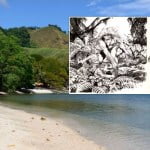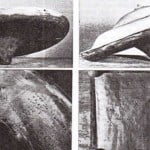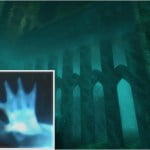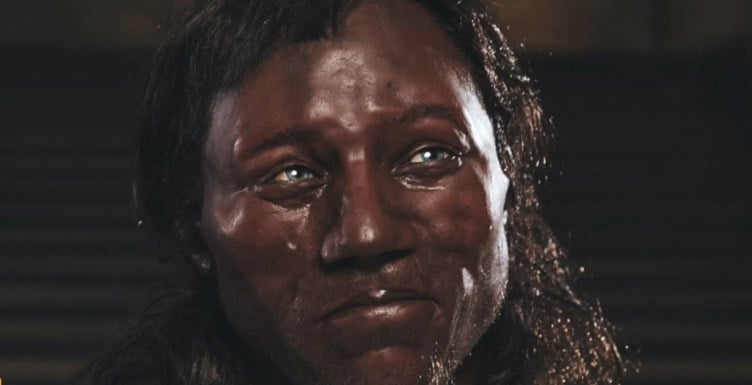
A shocking DNA discovery suggests that the ancient Britons or the first colonists of the British Islands formed white skin later than previously considered. They first Brit-the Cheddar man actually had black skin, blue eyes, and curly hair.
The extraordinary discovery happened by reason of a DNA study of the 10,000-year-old skeleton of the so-called Cheddar man. His DNA was remarkably well maintained, most likely because of the cold circumstances of the stone cave.
Доставка цветов Оха okha.dostavka-byketov.ru.
The 10,000-year-old skeleton of Cheddar Man is the first ancient Briton. It revealed that he had dark to black skin color, curly hair and blue eyes.
Scientists from the University College London (UCL) and the Natural History Museum implied that the clearest pigmentation, as a distinguishing trait of northern Europe, is a much more recent event.
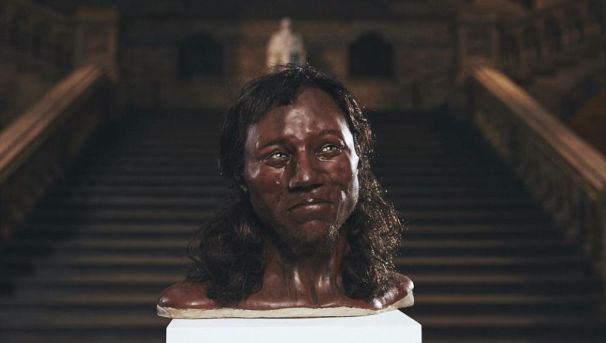
A team of experts in Human Evolution and DNA accomplished this radical task. They conducted it for a new Channel 4 documentary called, ‘First Brit: Secrets of the 10,000-Year-Old Man’.
To reach this conclusion, researchers derived DNA from the bone powder in the skeleton’s skull.
“The genetic profile of Cheddar Man places him next to other Europeans of the Mesolithic Age of Spain, Hungary, and Luxembourg, whose DNA has already been analyzed. These hunter-gatherers migrated to Europe at the end of the last ice age and the group included Cheddar man’s ancestors,“ said Professor Mark Thomas of the UCL.
He succeeded to design how the first Brit would have looked like only by using the DNA study.
Right now, only 10% of the British Native descendants associate with this population.
Researchers found the Cheddar Man in 1903 in Gough’s cave in Cheddar Gorge, Somerset. Ever since then, he was hanging in suspense of a constant mystery.
In the past 100 years, experts made numerous attempts to reveal his possible appearance. Furthermore, they were hoping that perhaps one day, this man could answer more questions about our earliest relatives.
Now, thanks to the contemporary DNA and facial reconstruction, experts actually did it. They recreated how the Cheddar man resembled like.
The Dutch “paleoartists” Alfons and Adrie Kennis made a model of him, resting on the new scientific discoveries.
They made a male face, with curly hair, short beard, and exceptional blue eyes. He would have had a life as a hunter, making sharp blades from flints.
Indeed, the discovery relates to recent genetic research on race. It indicates that skin pigmentation does not necessarily speak for a person’s racial or geographic background.




